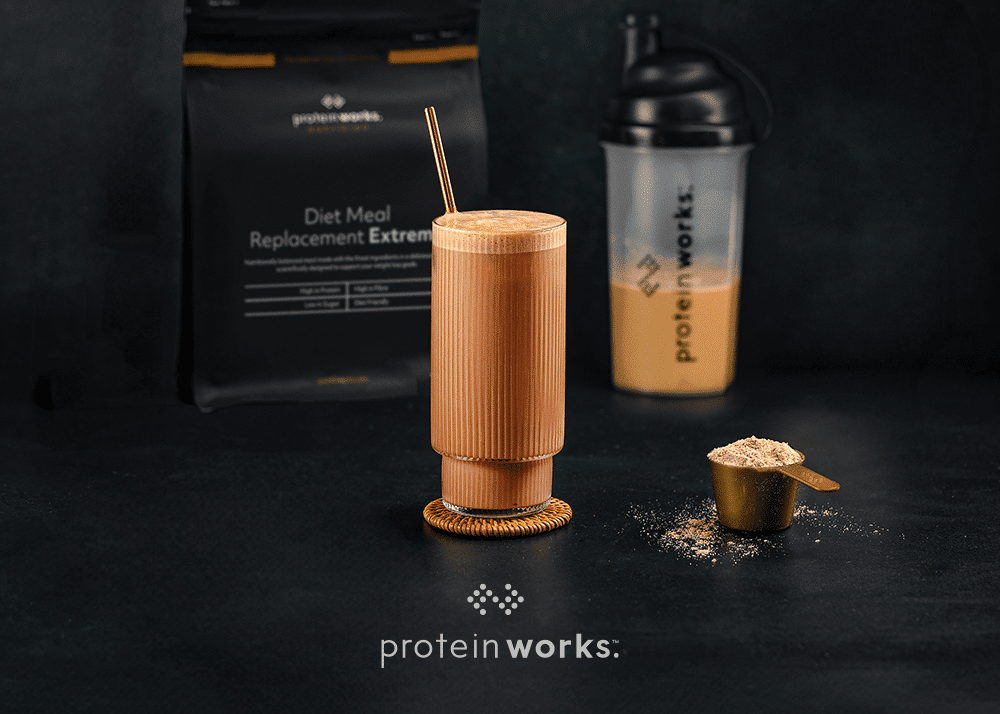
The Best Cutting Diet | How To Lose Weight
Cutting is a bodybuilding term for creating a calorie deficit and losing weight, it is the opposite of bulking (which should be pretty self-explanatory). There are many supposed approaches to cutting, but they all revolve around slowly lowering calories over a period of time so that your calorie deficit gets larger and larger. In this article, we will discuss the best cutting diet.
 What is a Cutting Diet?
What is a Cutting Diet?
Technically, any diet where the aim is to lose weight could be called a cutting diet. The idea is to perform a cutting diet after a bulking. So, you build up muscle mass during a bulk while also increasing body fat. Then you embark on a cut, where you try to lose as much body fat as possible while maintaining muscle mass.
A well-planned cut should allow you to train at a high intensity without feeling weak or losing muscle mass. They are also staggered, so you don’t drop all your calories at once, but over time. You may start with a small deficit of just 100-200 calories per day.
If you are cutting, then you will want to focus on keeping your protein intake high, as this can help to prevent muscle loss. Bodybuilders tend to limit fat, and slowly phase out carbohydrates until they are almost completely carb-free.
Cutting diets are not designed to be long-term or indefinite. They usually last around 12 weeks, but longer ones (16 weeks) are certainly possible. You can also get significantly shorter ones, but they are obviously going to be less successful.
 How to Do a Cutting Diet
How to Do a Cutting Diet
The first thing you need to do is set yourself a realistic goal. Finding out your lean body mass is a great start; this can be done by estimating your current body fat percentage and then subtracting it from your overall weight. If you currently weigh 100kg and are 25% body fat, then your lean body mass would be 75kg.
This means that you have 25kg of body fat. If you were to lose 10kg of body fat, you would weigh 90kg and be 20% body fat. It takes around 2 weeks to lose 1kg of weight, so you’re looking at 20 weeks in total. As you can imagine, this goal is fairly ambitious.
You can speed things up by being more aggressive with your calorie deficit, aiming for 700 calories or so.
Use an app such as myfitnesspal.com to find your calorie target and create your deficit. Most cuts go for a gradual drop starting at around 200 calories, and steadily increasing that deficit every two weeks or so.
Another option would be to avoid increasing the deficit over time and just start at a low number. This would work well for people who are very overweight. If you are mostly lean, then you will need to keep adjusting your calorie target as your metabolism will adjust quickly.
 How to Create Your Own Cutting Diet
How to Create Your Own Cutting Diet
The first thing you want to do is bump up your protein intake. Lower your fat and carb intake and work out your calorie deficit (see above). Then you will need to use a calorie counting app to log in your daily foods.
Get yourself a set of scales to measure food weight and plan all your meals in advance. Drink a lot of water, and time your meals so that you can exercise properly. You want to time your bigger meal to about 1-2 hours before a workout.
Portion size control is vital, proper measurement of foods is important, and logging everything is also important. There are ways to cut without doing this, but logging food is the most effective and efficient method.
Using supplements can help you to stick to your calorie targets. Our diet meal replacement shake is exactly 259 calories per serving, so having that for breakfast every morning will give you more calories for lunch and dinner.
Example Cutting Diet
It’s very hard to demonstrate a cutting diet, as everyone is different, with different calorie targets and food preferences. But here is a rough outline of what a cutting diet would look like over a 12 week period in terms of calories in/out.
| Week | Weight (example) | Calories In | Calories Out (exercise) |
| 1 | 100kg | 3,000 | 500 |
| 2 | 100kg | 2,900 | 500 |
| 3 | 99kg | 2,700 | 400 |
| 4 | 97kg | 2,600 | 400 |
| 5 | 97kg | 2,500 | 400 |
Weight loss is just an example, and it may be completely different to that. Notice how as the calories in drops so does the calories out (exercise). It is unrealistic to believe that you can still exercise at such a high intensity when your calories are halved. This also demonstrates why cutting diets should not last too long, they can affect your health and fitness over time. Your sleep will suffer, as will your libido, and overall health.
Is a Cutting Diet Different for Males and Females?
A cutting diet differs from person to person, but the basics of the diet can be the same. Women will see different results as their monthly cycle can affect weight loss. They also have higher body fat levels, smaller frames, and therefore will have lower maintenance calories. Women who are quite small will need much smaller calorie deficits for weight loss.
Should I Have a Cheat Day When on a Cutting Diet?
It is certainly possible to schedule in a cheat day, but it isn’t always the best option. Let’s take a look at how to do it first. If your calorie target for week 6 is 2,300 a day, then to fit in a cheat day you would need to consume fewer calories on the other six. You could have 2,100 calories on Mon-Sat, which would give you an extra 600 calories to play with on Sunday. Alternatively, you could stick to 2,300 every day and just have a 200 calorie treat every day!
What is a Refeed Day?
It’s the thinking man/woman’s version of a cheat day. The idea is that because you are restricting carbs (the easiest way to get into a deficit) for 90% of your diet, you could benefit from a high-carb day once every few weeks. You would schedule it in like a cheat day, with drops in calories beforehand. It’s not necessary, but definitely an option.


 What is a Cutting Diet?
What is a Cutting Diet? How to Do a Cutting Diet
How to Do a Cutting Diet How to Create Your Own Cutting Diet
How to Create Your Own Cutting Diet
No Comments yet!